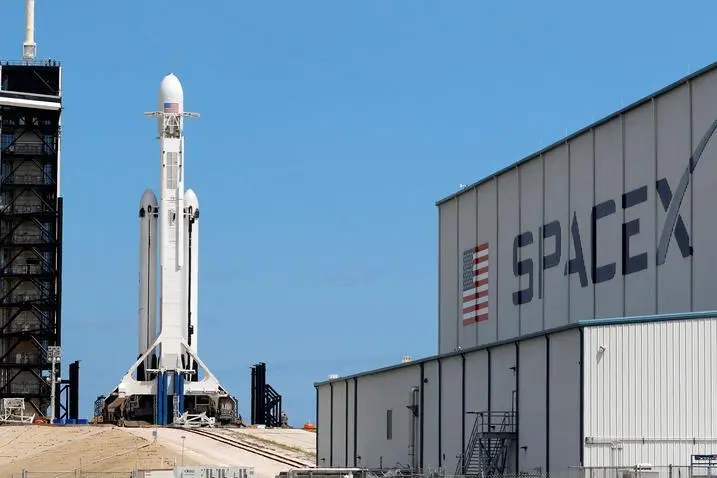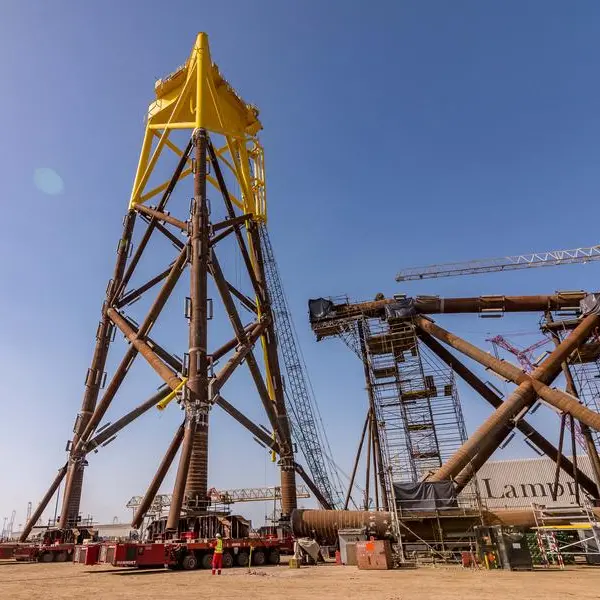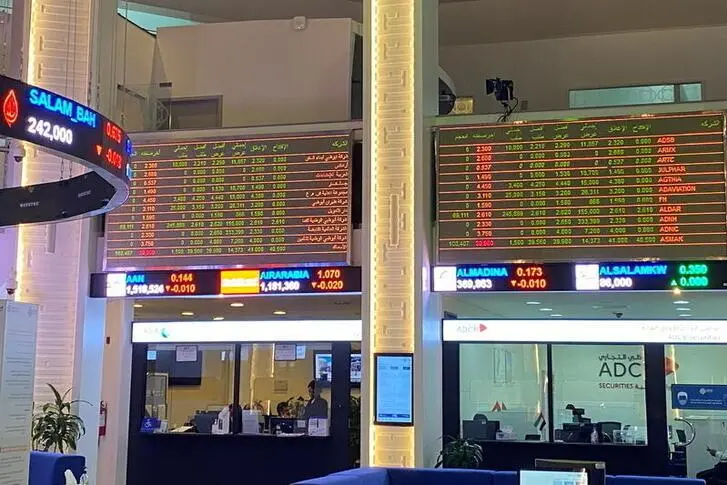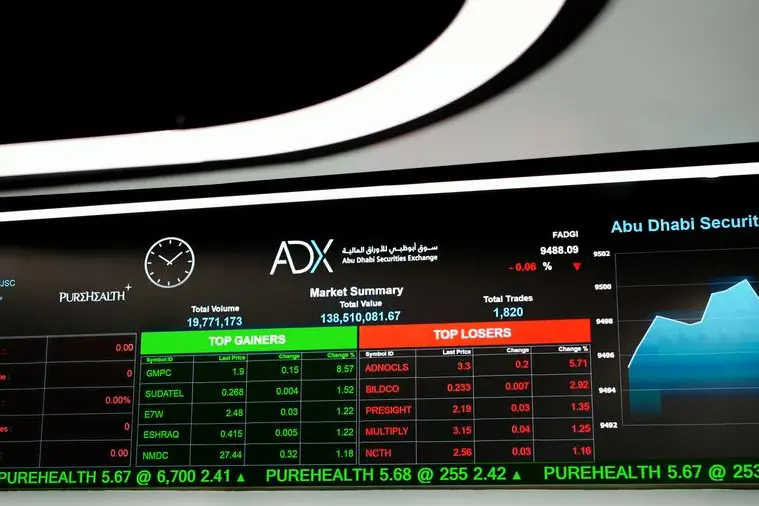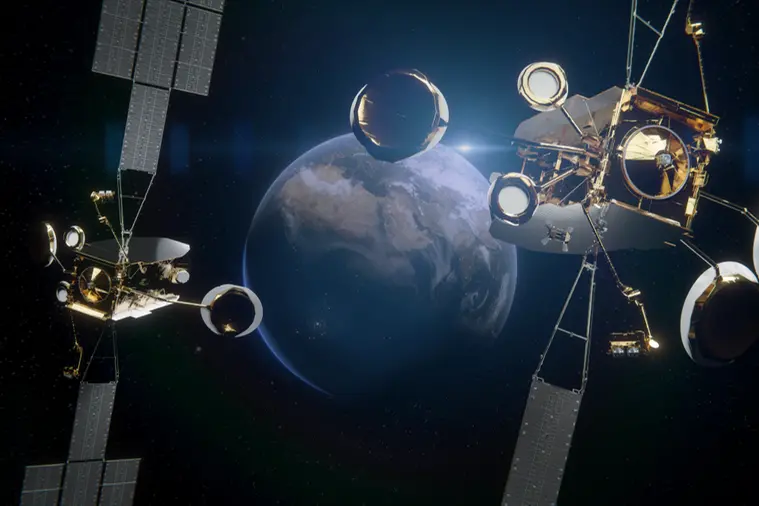PHOTO
A SpaceX Falcon Heavy rocket with the Arabsat 6A communications satellite aboard is prepared for launch later in the day at the Kennedy Space Center in Cape Canaveral, Florida, U.S., April 10, 2019.
WASHINGTON - The U.S. Federal Aviation Administration (FAA) on Tuesday said it issued a license for SpaceX's fourth flight of its Starship rocket system, another test mission along the company's path to building a reusable satellite launcher and moon lander.
SpaceX, owned by Elon Musk, is aiming to launch its nearly 400-foot-tall (122-meter), two-stage Starship as early as Thursday at 7 a.m. CDT (1200 GMT) from its rocket facilities in south Texas, from which past flights in the company's test-to-failure development campaign have launched.
Starship represents the future of SpaceX's dominant satellite launch and astronaut business. It is designed to be fully reusable and cheaper - but more powerful - than the company's workhorse Falcon 9. NASA plans to use Starship later this decade to land the first crew of astronauts on the moon since 1972.
Each Starship rocket has made it farther in its testing objectives than previous tests before blowing up. The first launch in April 2023 exploded minutes after liftoff, and the most recent flight in March broke apart in Earth's atmosphere as it attempted to return from space halfway around the globe.
On Thursday, the rocket system's first stage, called Super Heavy, will ignite its 33 Raptor engines to lift off, then separate from the Starship second stage, which will blast further into space.
Meanwhile, Super Heavy will reignite some engines and return toward the Gulf of Mexico for a "soft splash-down" to simulate a landing that would otherwise be on land.
In space, Starship will trek around the globe and head for the Indian Ocean, where it will make a second attempt to survive the intense heat of atmospheric reentry - the crucial point at which it failed during the March test.
"The main goal of this mission is to get much deeper into the atmosphere during reentry, ideally through max heating," Musk, CEO of SpaceX, wrote on X on Saturday.
Starship is shielded with hundreds of small black tiles on its exterior that SpaceX hopes will protect it from the extreme heat the spacecraft endures while plunging through Earth's atmosphere at hypersonic speeds.
Much is riding on SpaceX's swift development of Starship, a key pillar of NASA's moon program that rivals China's moon ambitions.
Musk's drive to rapidly build Starship has endangered SpaceX workers in Texas and California, a Reuters investigation earlier this year found.
(Reporting by Joey Roulette Editing by Chris Reese and Rod Nickel)
